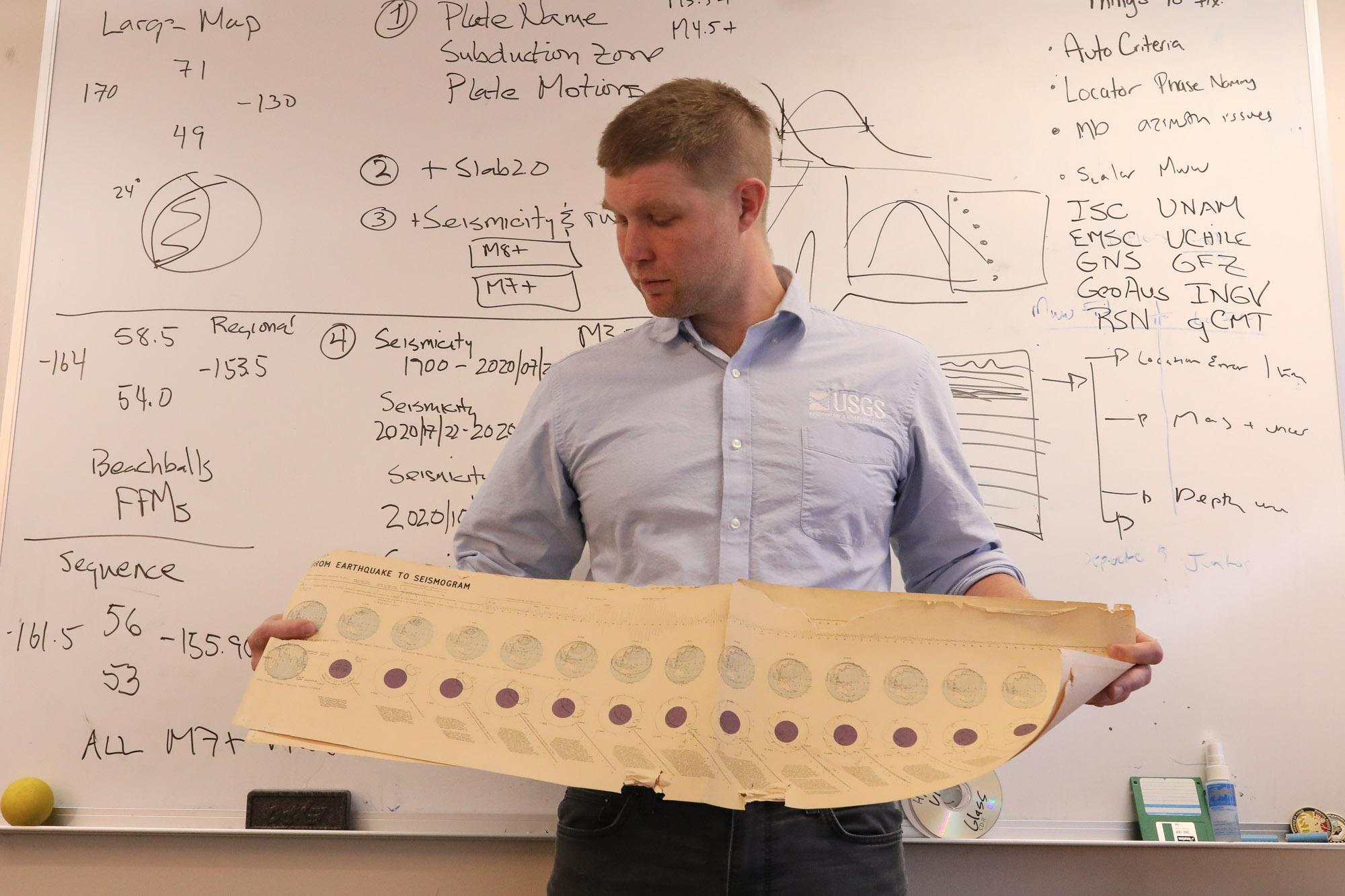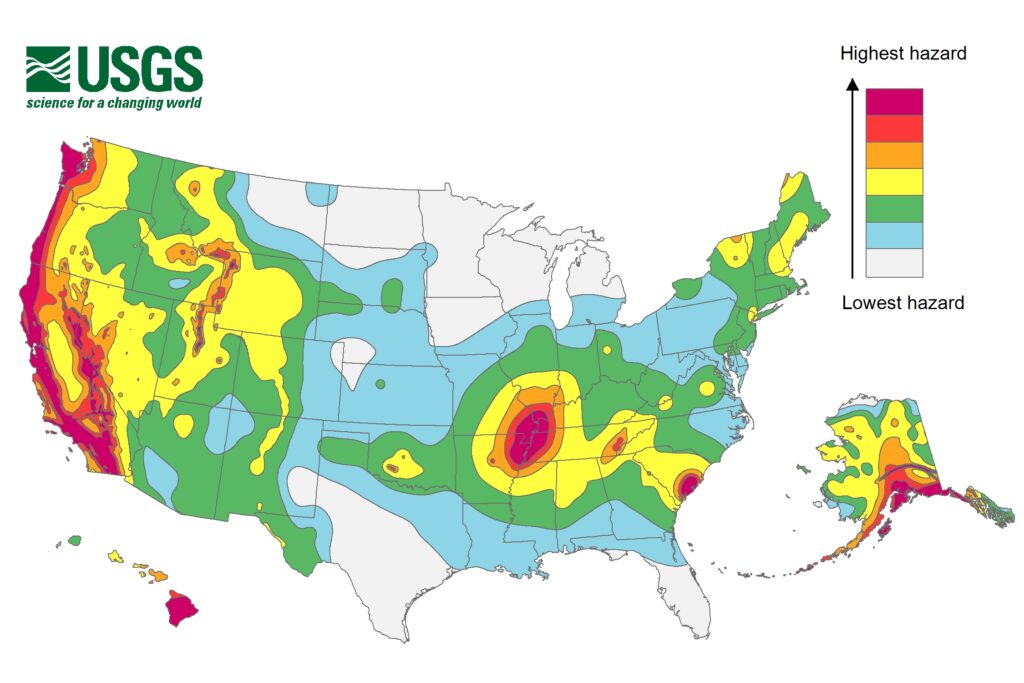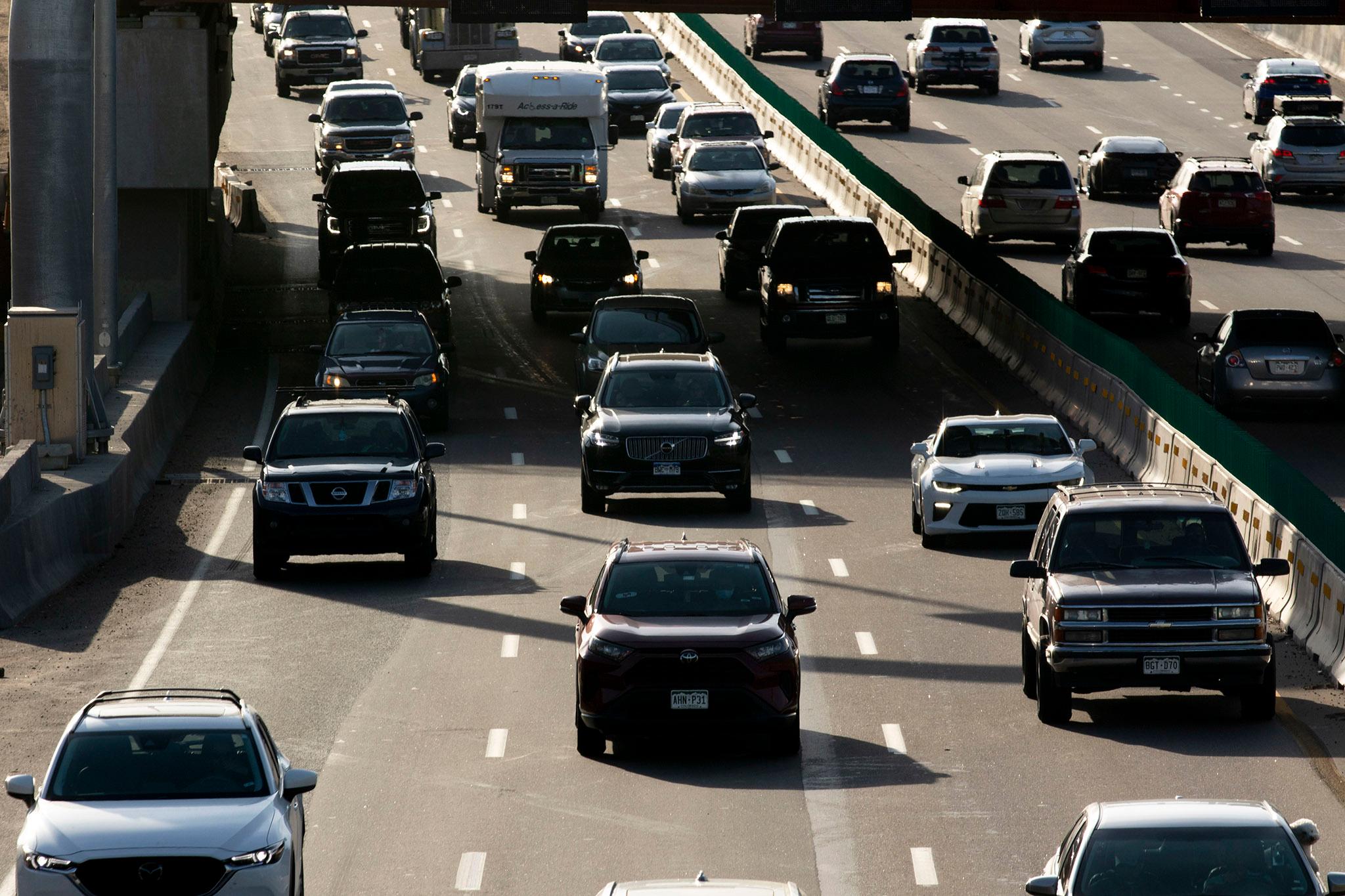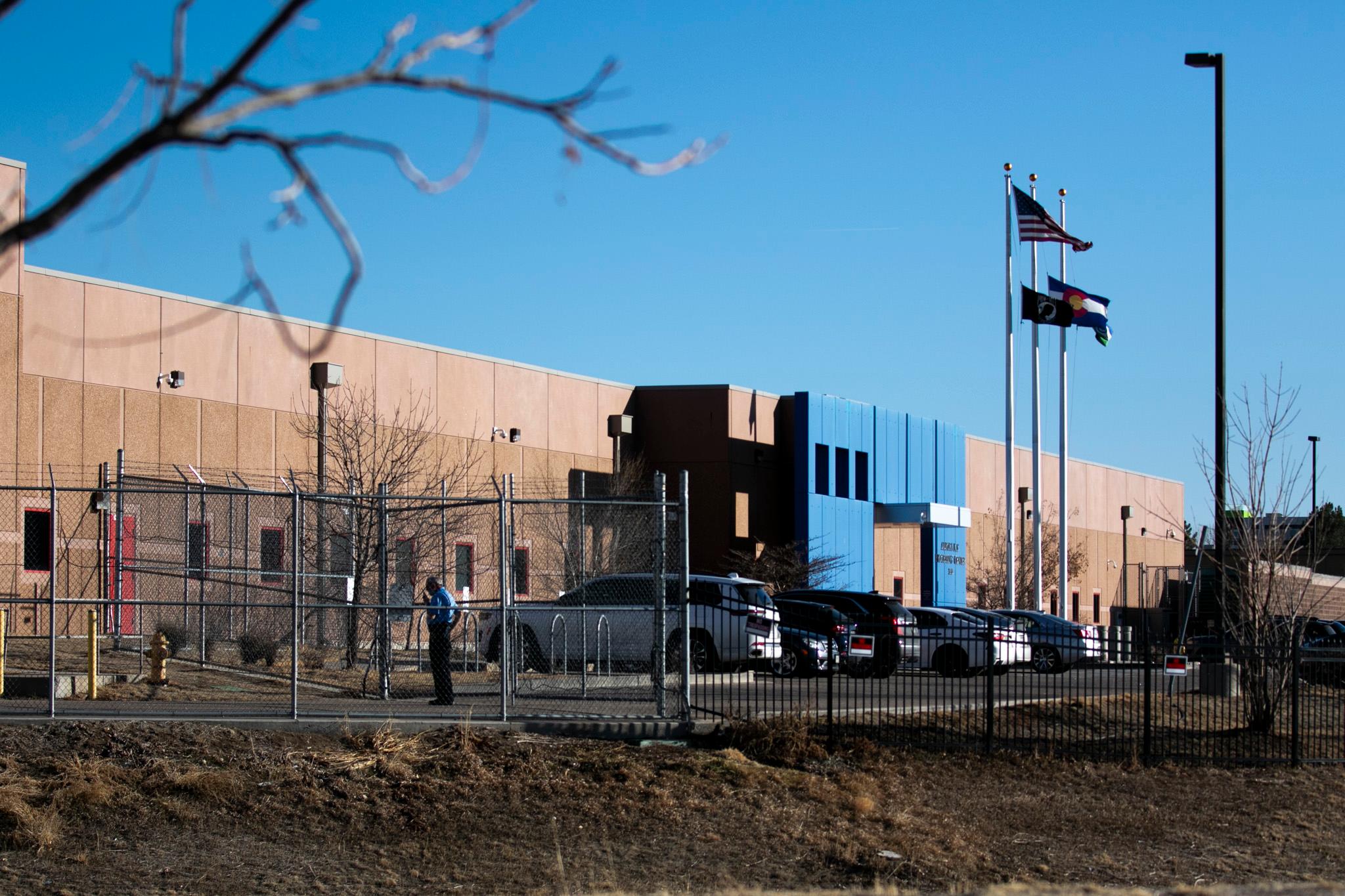
Whether it’s hail, wildfire, or tornadoes, Colorado has its fair share of natural disasters. But what about earthquakes? Louise Watson, of Bailey, is one of several people who reached out through Colorado Wonders to ask about seismic activity here. Answers were not far away.
Golden, Colorado is home to the National Earthquake Information Center, which sits on the School of Mines campus. Scientists there monitor seismic activity around the world, ‘round-the-clock, and take calls from people who feel shaking.
Seismologist William Yeck explained that Colorado is not an epicenter for major earthquakes, nor is it immune to them. And sometimes they are triggered by human activity.
This interview has been edited for clarity and length.
Ryan Warner: In general, are we a shakin’ place?
William Yeck: We don't have seismicity like you see in some areas. Where we really see high seismic hazard is where we have plate boundaries. So for example: California. Most people have heard about the San Andreas Fault that marks the plate boundary between the Pacific Plate and the North American Plate. And it really creates a high seismic hazard. There's lots of seismicity there. In Colorado, we don't have any tectonic plate boundaries like that. So we don't see that discrete lineation of seismicity that you would see in other regions.
Warner: Are all faults related to plates?
Yeck: No, they aren't. So we have faults all throughout Colorado. Most of them are really small faults. And that's true anywhere in the US. There's faults everywhere. Just in most cases, the slip rates are very, very small and those faults might be very, very small. So you don't see significant earthquakes. When we have earthquakes away from a plate boundary like that, we refer to them as interplate earthquakes. So in Colorado, we do have those interplate earthquakes, but then really, when we look at seismicity and we record it, we see it's dispersed throughout the state.
Warner: In layman's terms, what would trigger a Colorado earthquake? And let's talk about natural causes first. We'll get into the idea that people can trigger earthquakes a bit later.
Yeck: So even though we're away from these tectonic plate boundaries, we still have a stressed crust. That stress is transmitted far away from the plate boundaries, as well as there can be local changes that change the stress within the subsurface. And anytime there's stress placed on a fault, it has the potential to slip. So a fault is just a plane in the earth. And when it slips, we feel an earthquake.
Warner: What is the biggest recorded earthquake in Colorado history?
Yeck: Historically, the largest earthquake that we have evidence for was in 1882, a magnitude 6.6. But that was before we could actually record seismicity on seismographs and accurately detect the location and the size of the earthquake. So for that earthquake, we had to rely on felt reports – or what people describe and the shaking – to try to estimate where it occurred.
Warner: Felt reports. That is, what people felt?
Yeck: Exactly. And there’s a large reliance on news for that… what newspapers said about the event. And from the intensity of shaking, we can tell that it occurred somewhere in north central Colorado.
Warner: What would be the closest town that you could pinpoint?
Yeck: We don't have a very good location, but it would be west of Fort Collins.

Warner: What about in more recent years?
Yeck: In the past few decades, the largest earthquake has been a magnitude 5.3 that occurred in 2011, southwest of Trinidad, CO. So that was an earthquake where we actually think it was related to human activity. There's natural seismicity that occurs in that region, but there was also wastewater injection going on. And that event may have been triggered by human activity.
Warner: This is a segue to the fact that people can trigger earthquakes. That makes me feel incredibly powerful, by the way, William!
Yeck: Yes. I mean, Colorado actually has one of the richest histories of human-caused earthquakes by wastewater injection. Some people might remember in the 1960s, there was a sequence of earthquakes that occurred in the Denver area, and that was caused by injection at the Rocky Mountain Arsenal. That was really the first case where we saw wastewater injection causing earthquakes.
Warner: Wastewater injection, meaning what?
Yeck: Well, it's any water that people want to get rid of and they inject it deep underground to get rid of it. So in modern times, that's mostly related to oil and gas and it's usually a byproduct of oil and gas extraction.
Warner: I know, as well, there was some underground nuclear testing near Rulison, Colorado that had some seismicity.
Yeck: Right. So a lot of seismology as a field, a lot of the development, came from monitoring nuclear blasts, because when there is a nuclear explosion or any explosion, it creates seismic waves. And we can record those and estimate the size of earthquakes. Colorado has a lot of areas where we do see these human-induced earthquakes. So the Raton Basin is one of them. And that's an area where we see natural seismicity too. In the Paradox Valley, there's been induced earthquakes since about 1991 from fluid injection, from a project for the Bureau of Reclamation. Then we've seen the Denver area earthquakes in the 1960s. In Rangely, there's actually an experiment where we tested increasing pressure at-depth and saw that we could cause earthquakes. And then Greeley, Colorado, more recently, we've seen some small earthquakes induced by fluid injection.
Warner: So are we smart enough to know how to prevent them when injecting wastewater? Or is that a bit of a crapshoot still?
Yeck: It's a really challenging problem because we know that there are faults in the subsurface, but often we don't know exactly where they are. So Oklahoma is a good example where we saw a lot of earthquakes induced by fluid injection. And we found that we don't really know where all the faults are.
Warner: Have you been in an earthquake, Will?
Yeck: I have never felt an earthquake– ever. It's an embarrassment being a seismologist. But I would love to feel one sometime. Unfortunately Colorado is probably not the best place to get the chance to feel an earthquake.
Warner: Which leads naturally to the question of why the National Earthquake Information Center is in Colorado. Maybe the best place to have it is far from a lot of seismic activities?
Yeck: Yeah. I mean, there’s a long history as to why the center is in Colorado. But you're certainly right that being away from significant seismic hazard is an important part of having an operation that can continue running in the event of an earthquake.
More Colorado Wonders stories
- How did Broomfield, Colorado get its name?
- These birds aren’t just near the ocean, they (peli)can live in Colorado, too
- Add Road Salts To The Long List Of Things Killing Colorado Trees
Are you curious about something in the Centennial State? Ask us a question via Colorado Wonders and we’ll try to find the answer.









